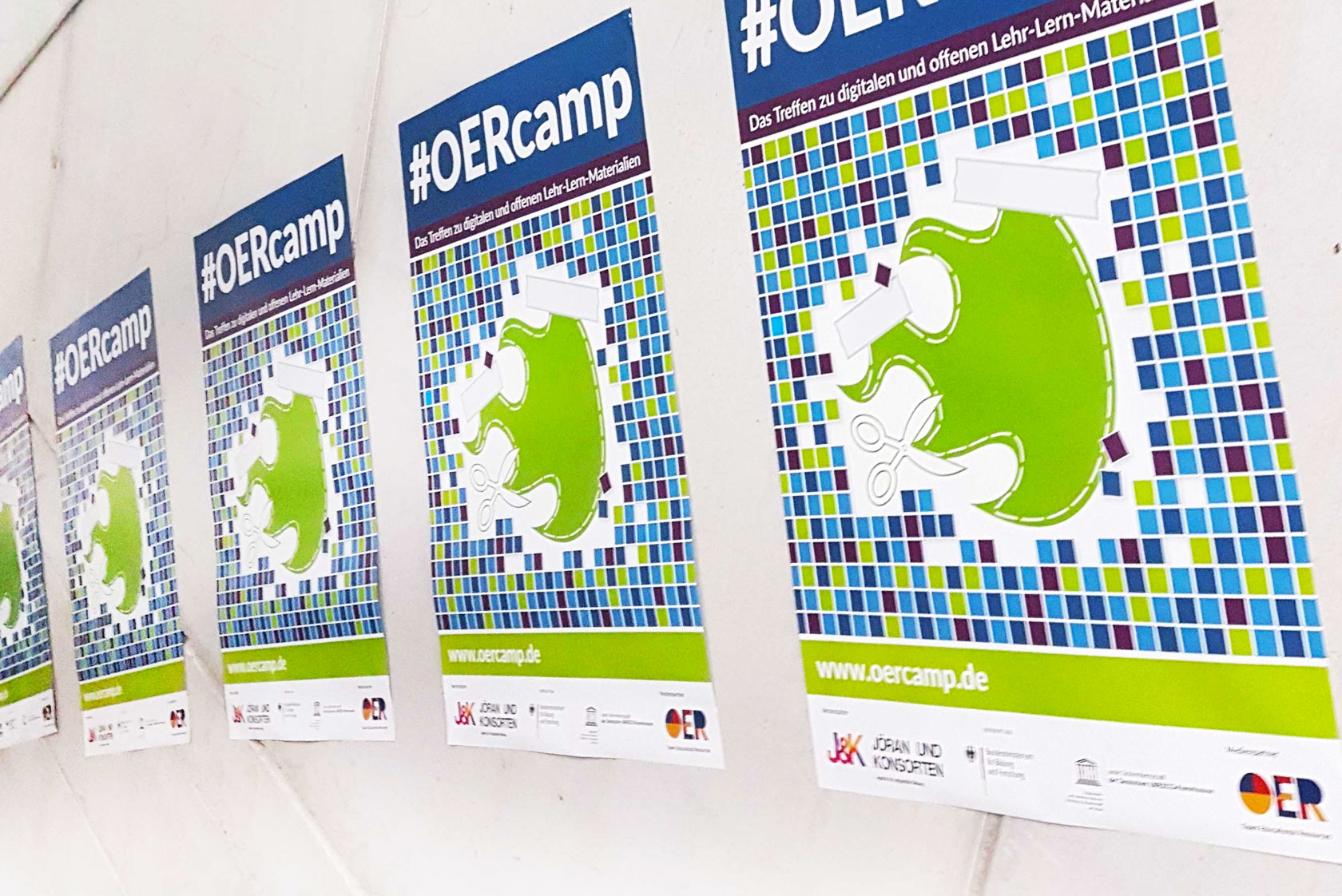
Horizon Report 2020: AI, XR and OER Begin to Catch on in Higher Education
The recently released new Horizon Report on Teaching and Learning covers again emerging technologies and practices interesting in the context of libraries and Open Science. Open Educational Resources are among the selected subjects and thus play a prominent role.
by Birgit Fingerle
The “2020 Educause Horizon Report – Teaching and Learning Edition” was published at the beginning of March 2020. It covers emerging technologies, trends and future scenarios, ranging from growth through constraint and collapse to transformation. The trends covered in the report are important for developments in teaching and learning. They relate to social, technological, economic, higher education and political topics. Among them are the trends for Well-Being and Mental Health due to increasing numbers of students who are experiencing mental health issues, Demographic Changes, Artificial Intelligence, Next-Generation Digital Learning Environment (NGDLE), the Future of Work and Skills, Climate Change, Alternative Pathways to Education and Online Education.
The Horizon Report’s section previously called “Developments in Educational Technology” is now called “Emerging Technologies and Practices” to broaden the subject which was too narrowly focused on technology before. Furthermore the traditional time horizons for a widespread adoption of the developments are no longer part of the report. We take a look on three of the selected emerging technologies and practices which seem to be especially important in the context of Open Science and libraries.
Artificial Intelligence / Machine Learning Education Applications
One application of Artificial Intelligence (AI) or Machine Learning (ML) in higher education institutions are automated chatbot services. For instance Northwestern University and the University of Oklahoma (OU) have developed AI-based chatbots offering to extend off-hours student support and recruiting services. Northwestern’s Chatbot is also able to answer frequent questions by integration in its LMS and can even directly generate a helpdesk ticket. Similarly to this is the University of Oklahoma’s SoonerBot which is currently primarily used for student recruiting. OU libraries also operate the Chatbot Bizzy to support research services. The Library of the OU began its experiments with AI by creating an Alexa Skill to answer frequently asked questions about the library and able to search Primo and LibGuides. Whereas Arizona State University put Echo Dots in parts of residence halls which control smart devices and can receive course-related information built on AI-powered voice assistance.
Utah State University also applies AI-powered voice assistance technology within learning spaces to enable disabled faculty to control the instructional technology there.
At Penn State University ML algorithms are used to predict students’ grade performance before courses start. This helps university administration to identify students with higher academic risks in order to develop intervention strategies in advance. The Online Computer Library Center (OCLC) developed a position paper named „Responsible Operations“ with the collaboration of seventy librarians and other specialists. It contains recommendations on the use of Data Science, ML and AI within libraries. OU has also developed the Projects in Artificial Intelligence Registry (PAIR) to keep track of AI projects. The database supports cross-institutional collaboration and lists grants in the field of AI.
Open Educational Resources
One challenge remaining despite the growing number of Open Educational Resources (OER) is that even among faculty fifty-six per cent have never heard of OER. In addition many still find it difficult to locate Open Educational Resources and to figure out how to use them in their courses – and they also need additional time to do so.
Leading the development of OER materials and resources are Canada, Western Europe, and areas of South America and the Middle East. In the United States higher education institutions of nearly every type and size are joining the OER momentum and multi-institutional consortia are driving OER adoption. For instance, the George Mason University has developed an OER meta-crawler called “MOM” (Mason OER Metafinder). The University of Minnesota offers the Open Textbook Library. This includes nearly 700 peer-reviewed titles. Z-Degree is an initiative of the Minnesota State University aiming to drive course material costs to zero.
A platform which allows easy editing and thereby simplifying the adoption and revision of OER is EdTech Books, a catalogue of open textbooks. Educational opportunities and certifications related to OER are for instance promoted by the “Open Textbook Network”.
In addition to saving students money OER can also improve inclusivity as various examples in the report show. And OER are also expanding far beyond traditional textbooks. Stanford University’s Center for Health Education has for example developed an app to promote global health awareness and reduce infant mortality. The app calledDigital MEdIC includes free public health courses.
Another example is the University of Victoria Libraries in British Columbia that has made a series of workshop curriculum available as OER. These include 3D printing and data visualization. And the SUNY Empire State College offers a free Thesis Generator that helps students to develop a thesis statement for essays. Furthermore, Alquimétricos, which is an international, South America based consortium, offers open source didactic toys and building blocks that teach the fundamentals of math, architecture, engineering, physics, and more disciplines.
Extended reality Technologies
Extended reality (XR) is a comprehensive term for technologies like augmented reality (AR), virtual reality (VR) and mixed reality (MR). The majority of higher education institutions engaging in these technologies has set up a XR lab or centre which enables collaboration and the sharing of resources and expertise. Projects like the Penn State’s immersive Experience Catalogue and North Carolina State’s VRPlants aim to identify and make available open XR resources.
https://www.youtube.com/watch?time_continue=6&v=RBvV88NkJHo&feature=emb_logo
XR can also provide learners with disabilities new kinds of access as the University of Waterloo demonstrated when it created a 360 VR field trip for students who were unable to participate in a real-world hike in uneven terrain.
XR can furthermore be an effective way to augment traditional teaching as two projects of the Leiden University, AugMedicine and Emergency Care Curriculum, prove which fill the “theory-practice gap” by using simulations to train how to deal with critically ill patients. The North Carolina State University enhances the learning experiences by offering an app that adds augmented reality experiences to a graphic design textbook. Among those AR experiences are listening to a virtual docent and peering down the corridors of an Italian Renaissance street.
Surprisingly, XR deployment actually seems to help reduce overall institutional costs, because the previous analogue learning experience was expensive in several respects. And besides reducing the costs it makes learning experiences available to a wider audience of learners. Nevertheless, among the challenges, of XR remain that they are requiring time and skills and have to be made to fit into the existing teaching practice.
Author: Birgit Fingerle
Birgit Fingerle holds a diploma in economics and business administration and works at ZBW, among others, in the fields innovation management, open innovation, open science and currently in particular with the “Open Economics Guide”. Birgit Fingerle can also be found on Twitter.
Portrait, photographer: Northerncards©
View Comments

#OERcamp 2020: Making Open Educational Resources an Experience
The possibilities of applying Open Educational Resources (OER), their practical...



